Who would have thought that a hairless, soulful-eyed dog could hold the secrets of ancient civilizations, genetic wonders, and modern medical breakthroughs? The Xoloitzcuintli—affectionately called the Xolo—has been a faithful companion to humans for thousands of years. Revered by the Aztecs, cherished by artists, and now celebrated on Cinco de Mayo, this remarkable breed embodies the living bridge between Mexico’s vibrant history and the cutting edge of science. Let’s dive into the captivating world of the Xoloitzcuintli, where myth, biology, and cultural celebration come together in a truly extraordinary way.
The Legendary Origins of the Xoloitzcuintli
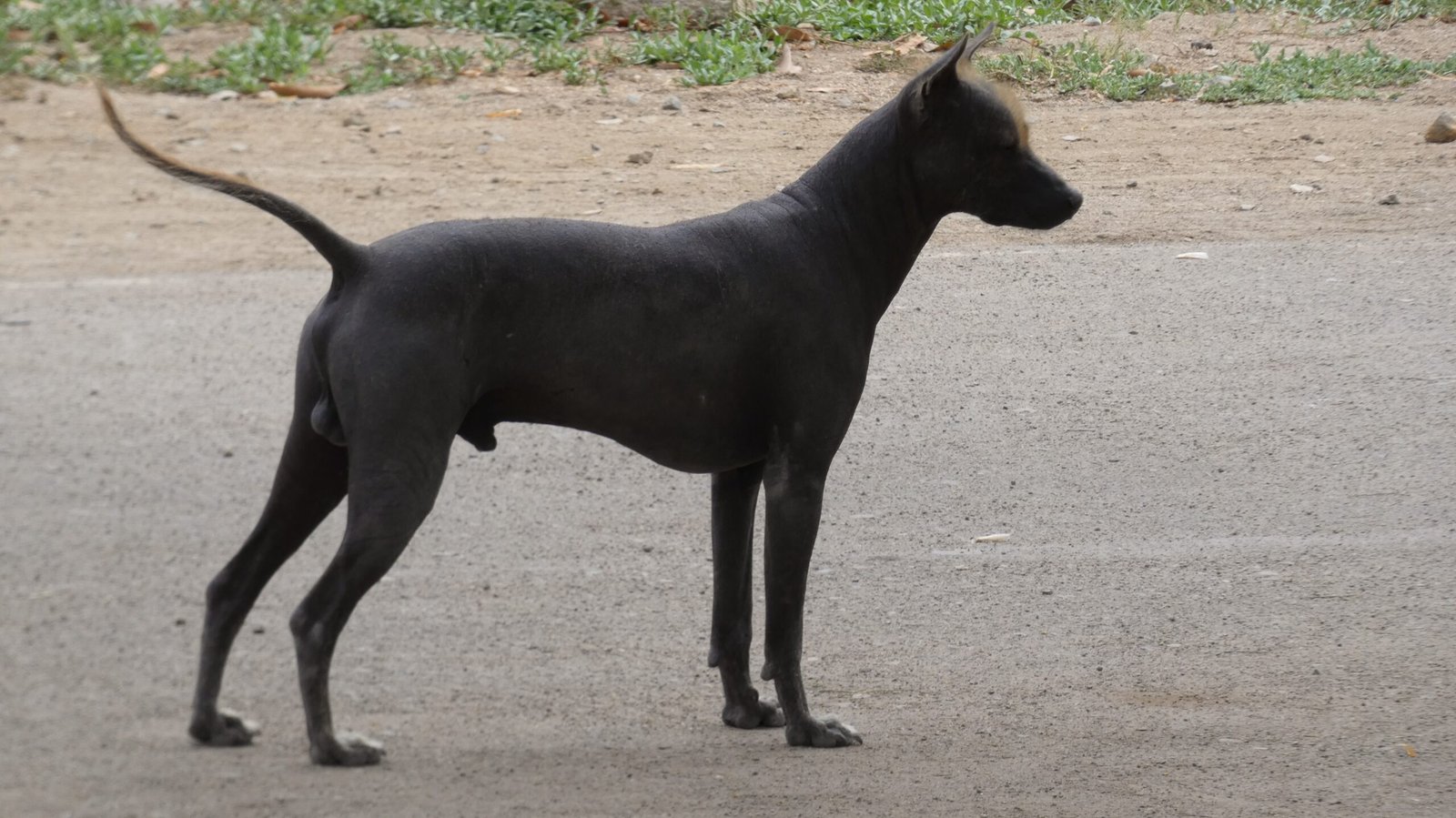
The story of the Xoloitzcuintli begins deep in the jungles and villages of ancient Mexico, where these dogs were more than mere pets—they were spiritual guardians. Their name comes from Xolotl, the Aztec god of lightning and death, and “itzcuintli,” meaning dog. Legends say Xolos guided souls through the underworld, a belief reflected in their presence in ancient tombs and artifacts. These dogs were so revered that they often appear in ancient pottery, murals, and folklore. For the Aztecs and other Mesoamerican cultures, the Xolo was a symbol of healing, protection, and loyalty, making it an inseparable part of family and ritual life.
Physical Traits: More Than Just Hairless
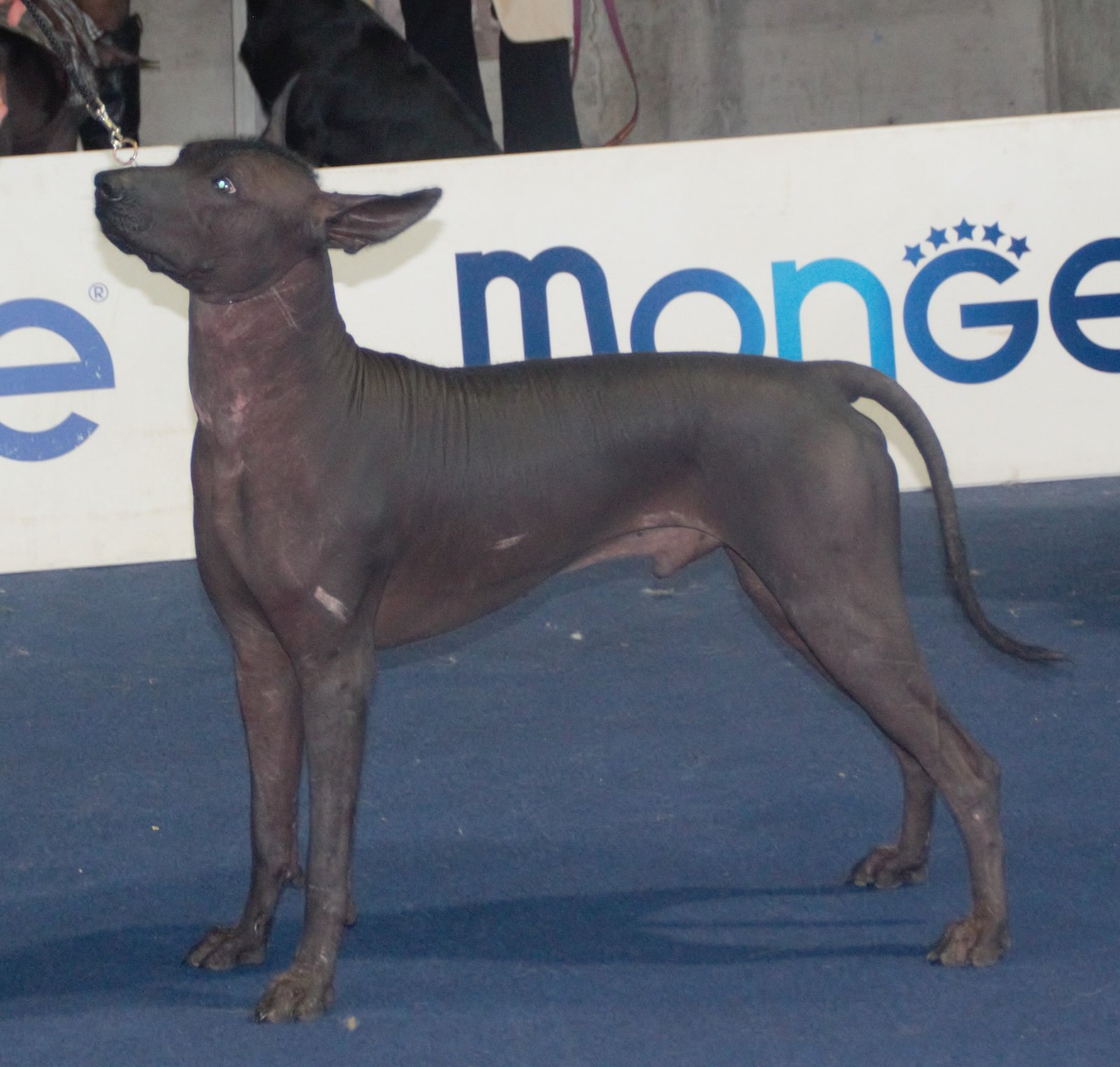
Spotting a Xoloitzcuintli is unforgettable—sleek, hairless skin, expressive almond eyes, and a graceful yet powerful build. But their most striking feature, the lack of hair, is more than a quirky trait; it’s a result of a specific genetic mutation. This mutation affects not only the coat but sometimes the teeth, giving Xolos their unique look. Interestingly, there are coated Xolos too, which look quite different but share the same lineage. Their skin feels warm to the touch, almost like a living hot water bottle, which may explain their reputation as healers. This distinct appearance has helped the breed survive through centuries, adapting to various climates and lifestyles.
Genetic Insights: Unraveling Ancient DNA
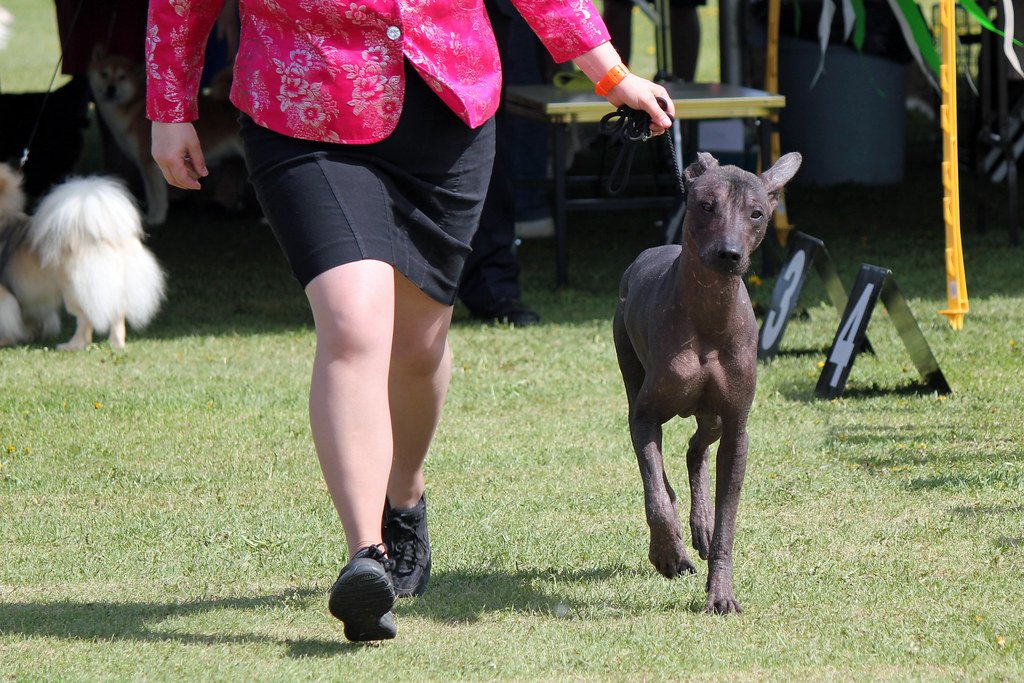
Modern science has confirmed what ancient legends hinted at: the Xoloitzcuintli is one of the world’s oldest and most genetically unique dog breeds. DNA analysis reveals that Xolos have remained relatively unchanged for thousands of years, making them a living window into the past. Their genetic code carries markers that predate the arrival of European breeds in the Americas, connecting them directly to indigenous dogs of ancient Mexico. Researchers are fascinated by how the hairless gene has persisted, and how it relates to other traits like dental structure and immune system differences. The study of Xolo DNA not only unlocks secrets of canine evolution but may also inform human genetics, especially in the areas of skin and immune disorders.
Healing Myths and Medical Marvels
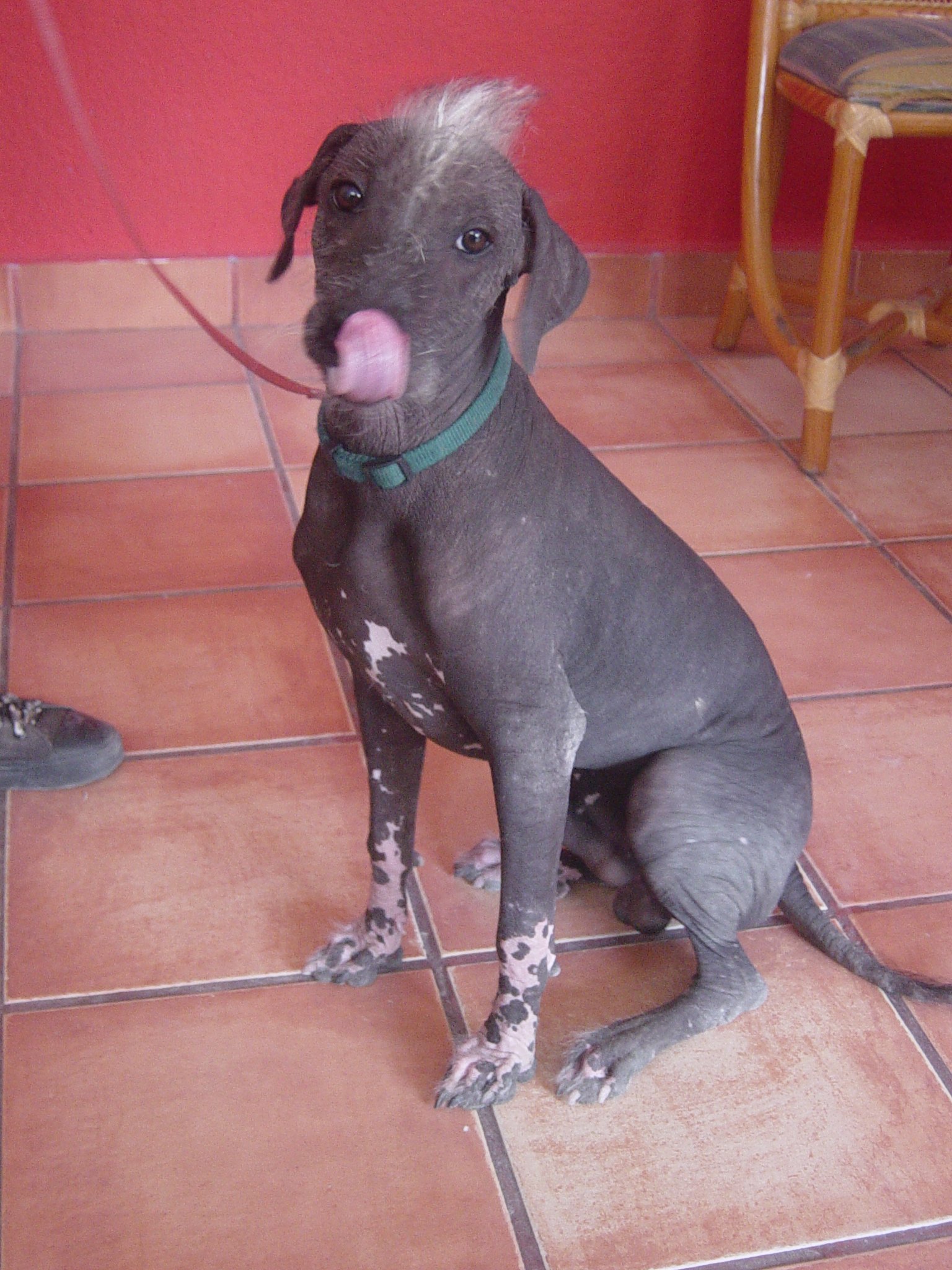
For generations, people believed Xolos possessed mystical healing abilities. Their warm, hairless bodies were thought to ease joint pain, soothe asthma, and ward off evil spirits. While some of these beliefs are rooted in tradition, modern science has found intriguing truths underlying the myths. Xoloitzcuintlis’ body heat can provide genuine comfort for those with arthritis or muscle aches. Additionally, their genetic resistance to certain skin diseases and their unusual immune system have sparked interest among medical researchers. The breed’s unique biology could hold clues for developing treatments for autoimmune conditions and allergies in humans.
Xolos in Art and Culture: Icons of Identity
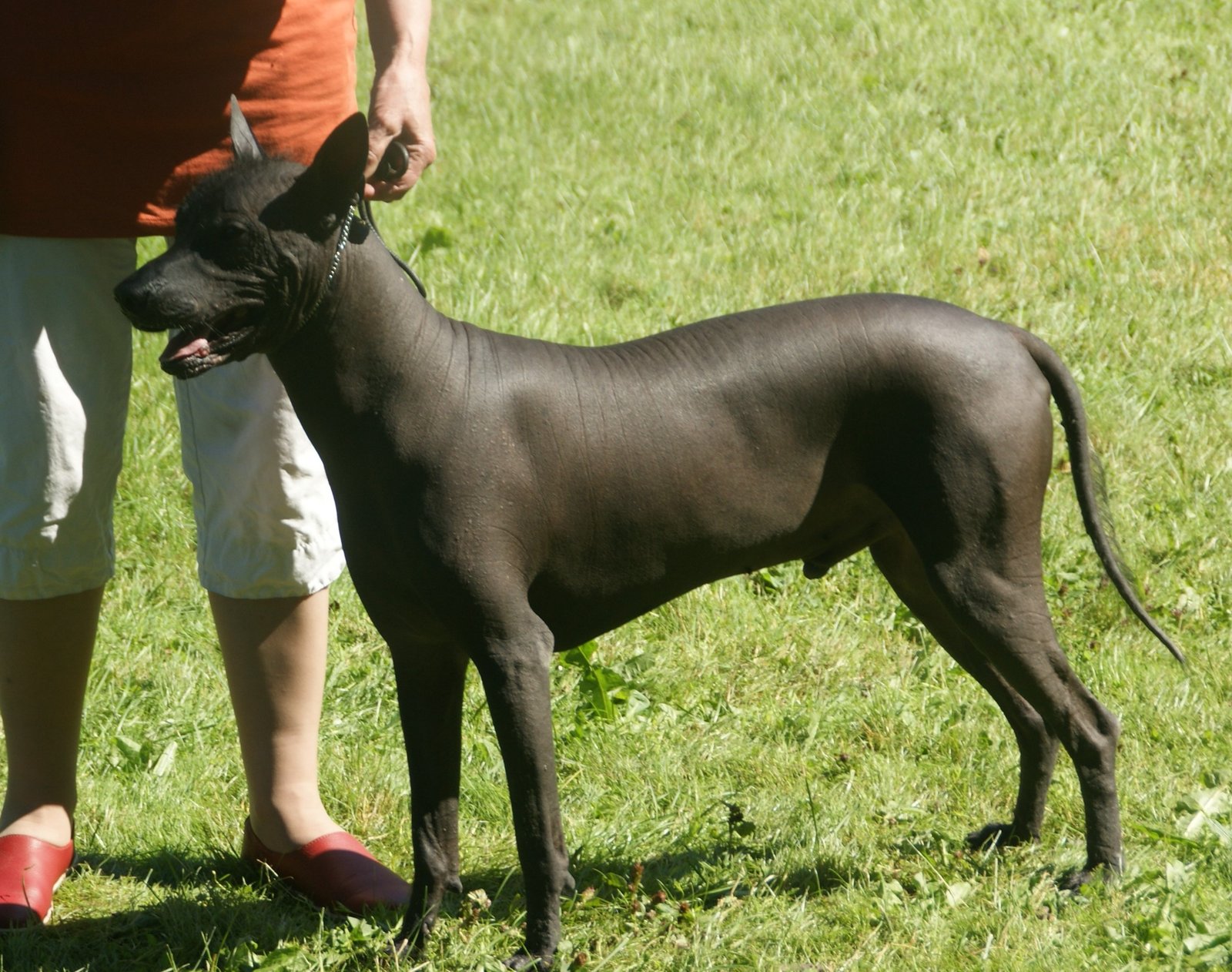
No other dog has inspired artists and storytellers quite like the Xoloitzcuintli. Famed Mexican painter Frida Kahlo often painted her beloved Xolos, weaving them into vibrant scenes that celebrated Mexican heritage. Diego Rivera, another artistic giant, included Xolos in powerful murals depicting the country’s history. Today, the Xolo appears in films, literature, and even as a national symbol, representing resilience and cultural pride. On Cinco de Mayo, Xolos walk in parades and grace festival posters, reminding everyone of Mexico’s rich past and creative spirit. Their image is now woven into the fabric of modern Mexican identity, bridging the ancient and the contemporary with elegance.
Adaptations for Survival: Nature’s Masterpiece

Xoloitzcuintlis are marvels of adaptation. Their hairless skin protects them from parasites and keeps them cool in tropical climates, while their tough, sturdy bodies make them excellent hunters and companions. During cooler nights, their habit of curling up with their humans not only offers warmth but strengthens the human-dog bond. Over time, Xolos developed heightened senses and a gentle, watchful temperament—traits that helped them survive in both wild landscapes and busy households. Their ability to adapt has ensured their survival from pre-Hispanic times to the bustling cities of today.
Temperament: Gentle Guardians of the Home
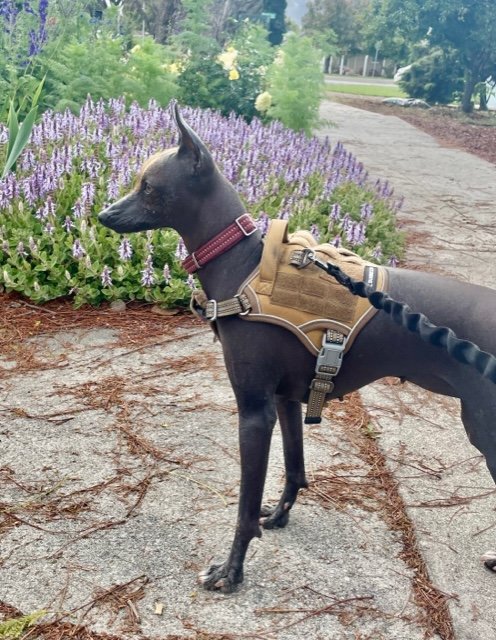
Despite their striking appearance, Xoloitzcuintlis are famously gentle, loyal, and intuitive. They form deep bonds with their families, often acting as natural protectors. Xolos are known for their intelligence and sensitivity; they can sense their owners’ moods and respond with quiet companionship or playful energy. While they can be wary of strangers, they rarely show aggression, preferring to observe new situations before engaging. This calm, affectionate nature makes them excellent pets for children, seniors, and anyone seeking a devoted companion. Their quiet dignity and loyalty have made them cherished members of countless households around the world.
Caring for a Xolo: More Than Meets the Eye
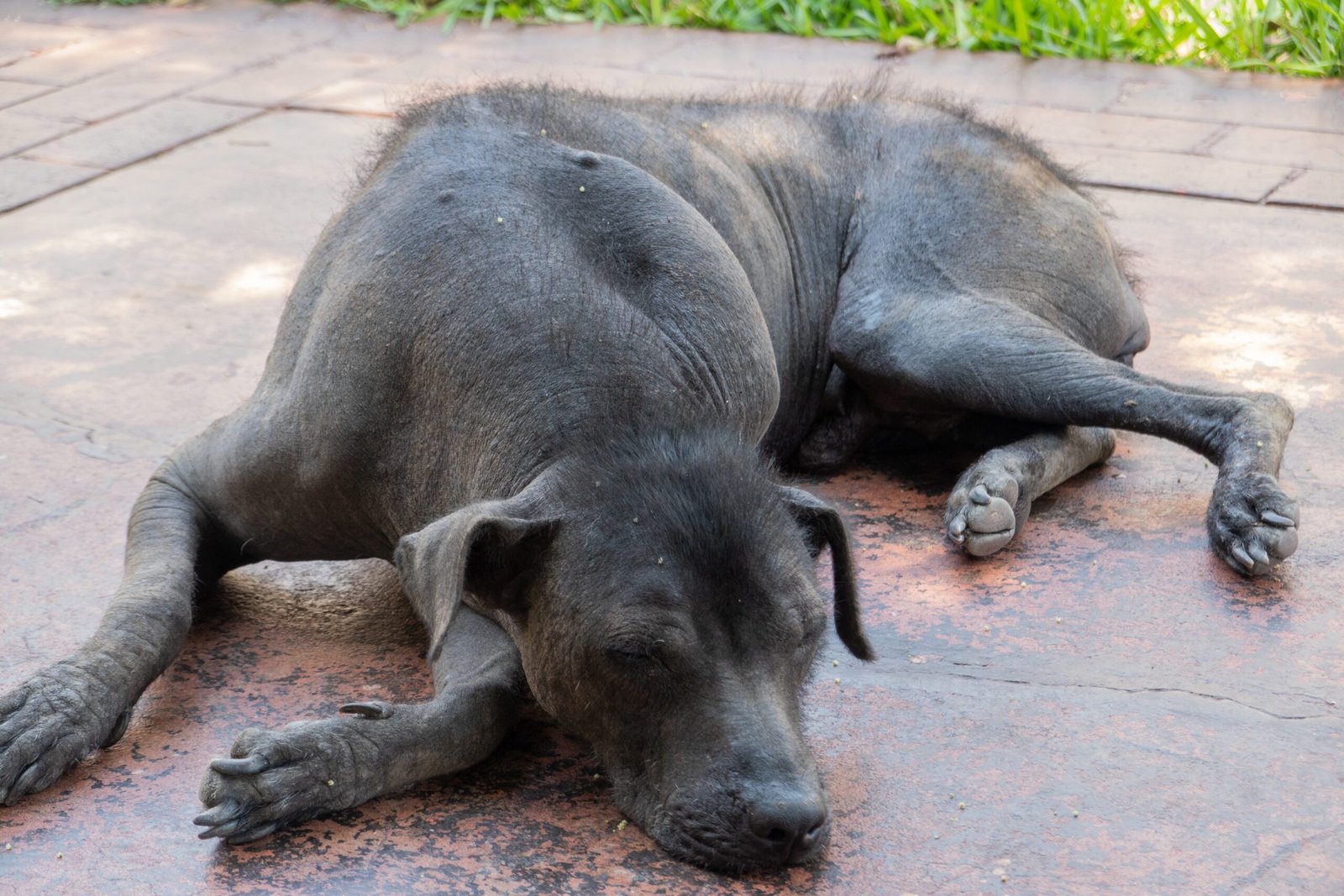
Owning a Xoloitzcuintli is a unique experience, requiring thoughtful care and attention. Their hairless skin needs regular moisturizing and protection from the sun, much like human skin. While they are generally healthy, Xolos can be prone to dental issues due to their genetics, so dental hygiene is a must. These dogs thrive on human interaction and benefit from regular exercise, mental stimulation, and gentle training. Their minimal shedding and lack of odor make them ideal for people with allergies, but their emotional needs mean they do best in homes where they’re treated as true family members.
Xolos and Modern Science: A Living Laboratory

The scientific community has only begun to scratch the surface of what the Xoloitzcuintli can teach us. Geneticists study them to better understand hairlessness, immune responses, and even longevity. Veterinarians learn from their resilience to certain diseases and their unique physiology. In the world of animal-assisted therapy, Xolos’ calm demeanor and warm bodies offer comfort to those in hospitals and care homes. Their ancient DNA and remarkable health continue to inspire new research, making the Xolo not just a pet or a symbol, but a living laboratory for science and medicine.
Cinco de Mayo: A Celebration of Heritage and Science
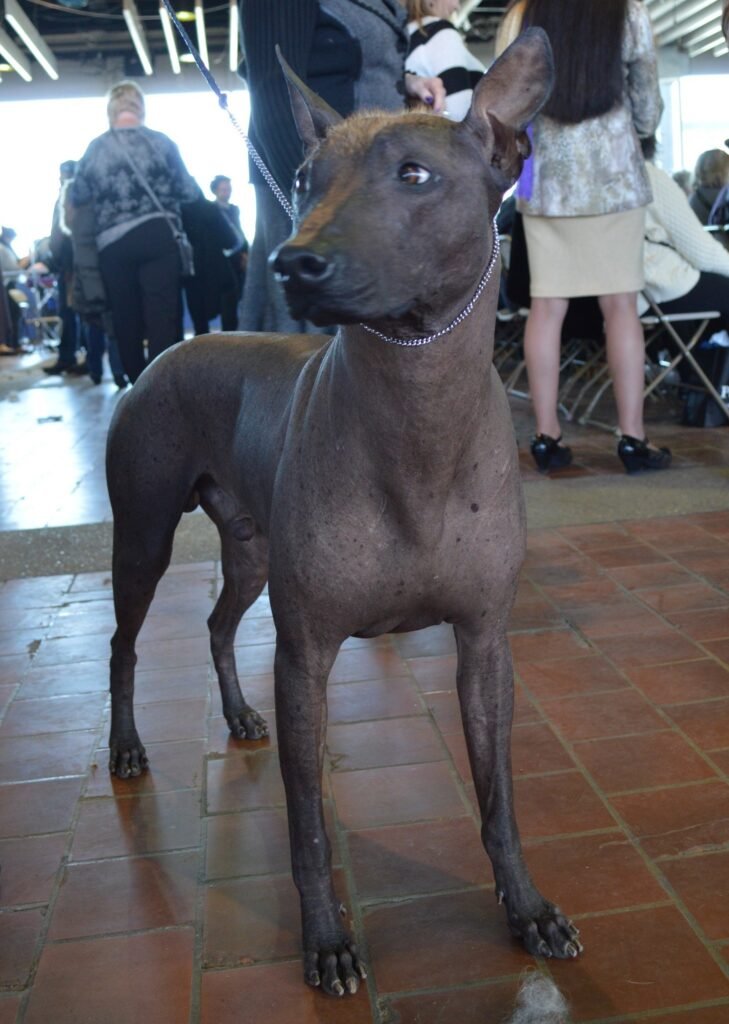
Every Cinco de Mayo, communities across Mexico and beyond come alive with music, color, and history. The Xoloitzcuintli is a star of these festivities, reminding everyone of the deep roots that connect present-day Mexicans to their ancestors. Parades and cultural events feature Xolos in costumes, telling their story to new generations. Scientists and breeders use this occasion to educate the public about the breed’s importance, while families celebrate the unique role these dogs play in their lives. Cinco de Mayo thus becomes more than a day of remembrance; it’s a celebration of ancient wisdom, scientific discovery, and enduring love between humans and their canine companions.
Looking to the Future: Preserving an Ancient Legacy
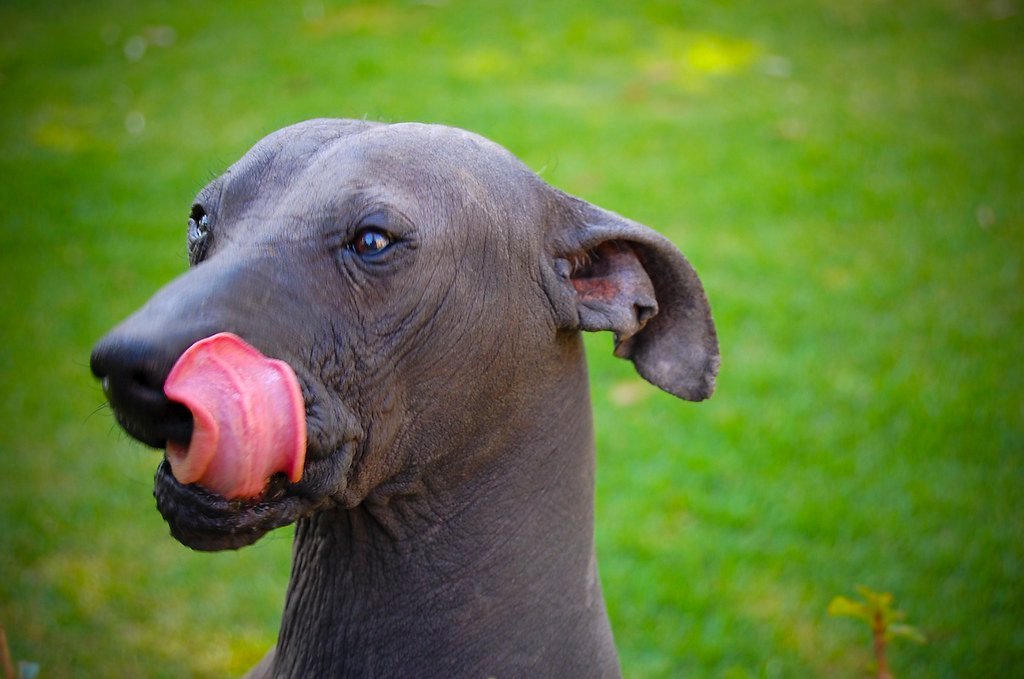
As the world changes rapidly, the Xoloitzcuintli stands as a reminder of what we risk losing if we neglect our heritage. Conservation efforts are underway to protect the breed’s genetic diversity and ensure its survival for generations to come. Breeders, scientists, and enthusiasts are working together to promote responsible ownership and deeper scientific study. The Xolo’s story urges us to honor our shared past while embracing the possibilities of the future, encouraging curiosity, compassion, and a sense of wonder for all living things.



